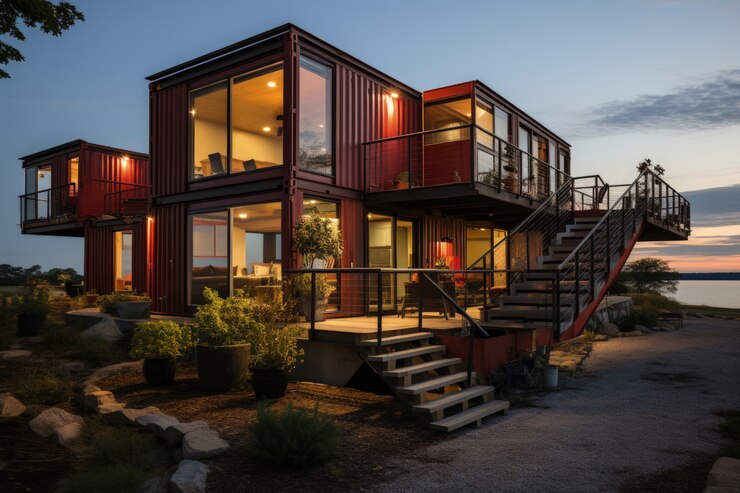When considering the critical elements that influence the aesthetics and functionality of a home, roofing often tops the list. Innovative roof designs are more than just a shelter; they are integral to the architectural identity and energy efficiency of modern homes. This blog explores the profound impact of roof design on innovative home designs, illustrating how strategic choices in materials and styles for construction roofing can elevate both the beauty Read More
Roofing can significantly define the overall look and feel of a house. Modern architecture often integrates roofing as a key element of design, using lines, forms, and materials to create visually striking profiles. For example, a sloping roof can add drama and allow for vaulted ceilings or loft spaces inside, while flat roofs can offer a sleek, minimalist look that complements ultra-modern aesthetics. Furthermore, roofing materials like cedar shakes, slate, or tiles can be chosen to complement the architectural style, whether it’s a rustic charm or contemporary chic. Advancements in roofing materials have expanded the possibilities for innovative home designs. Materials such as reflective or “cool” roofing can reduce heat absorption, which significantly lowers energy costs during warm months. On the other hand, green roofs, which are covered with vegetation, not only enhance a home’s insulation but also blend with the natural environment, supporting local ecology and reducing stormwater runoff. The functionality of a roof extends beyond mere protection against the elements; it plays a crucial role in the home’s environmental impact and energy consumption. Innovative roofs designed with integrated solar tiles, for example, harness solar energy while maintaining the aesthetic integrity of the roofline. These energy-efficient designs are becoming a hallmark of modern sustainable architecture, reflecting a growing awareness of the need for eco-friendly living solutions. Roof design also impacts the internal environments of homes. Skylights and strategically placed windows in a roof can enhance natural light, creating brighter, more inviting interiors and reducing the need for artificial lighting. High ceilings and exposed beams, facilitated by certain roof designs, can open up interior spaces, making them appear larger and more luxurious. Finally, the ability to customize roof designs allows homeowners to personalize their space truly. Whether it’s through the selection of unique materials, the integration of smart technology, or the inclusion of eco-friendly features, homeowners can use their roof as a statement of their values and stylistic preferences. The design of a roof is a fundamental aspect that influences the innovation in home architecture. Not only does it contribute to a home’s visual appeal and structural integrity, but it also plays a pivotal role in energy efficiency and interior comfort. As we look to the future of home design, the role of quality construction roofing becomes even more critical, reflecting broader trends towards sustainability, personalization, and smart technology integration. Innovative roofing continues to push the boundaries of what’s possible in residential architecture, proving that when it comes to designing a home, it’s essential to start from the top. Enhancing Architectural Aesthetics with Roof Design
Roofing Materials and Innovation
Functionality Meets Sustainability
Impact on Indoor Living Spaces
Customization and Personalization
Conclusion

The Impact of Roof Design On Innovative Home Designs
When considering the critical elements that influence the aesthetics and functionality of a home, roofing often tops the list. Innovative roof designs are more than just a shelter; they are integral to the architectural identity and energy efficiency of modern homes. This blog explores the profound impact of roof design on innovative home designs, illustrating how strategic choices in materials and styles for construction roofing can elevate both the beauty Read More
